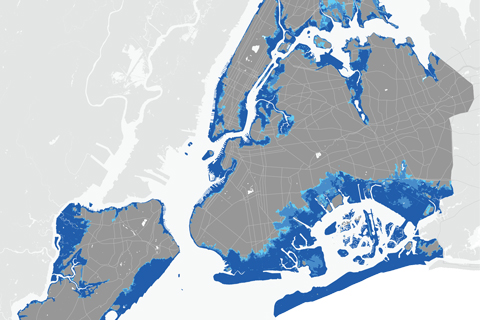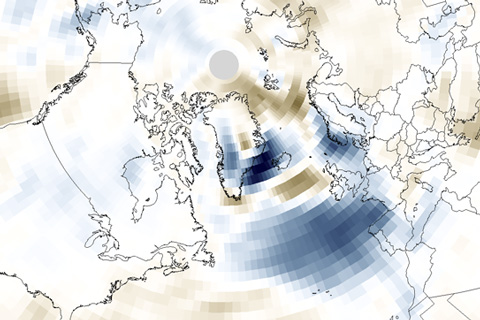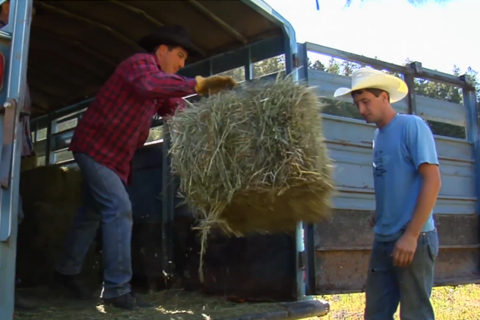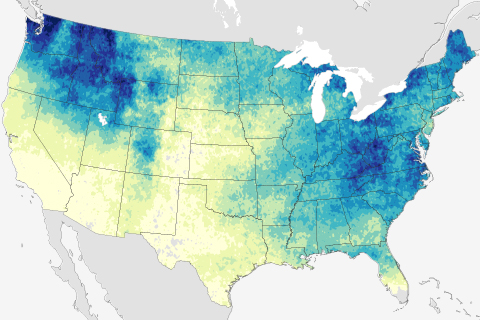Federal law may protect the river habitat in the name of endangered fish, but on land, grapevines are king. This article is the first in a two-part series about how scientists are helping find compromise amid local tensions over water supplies.

If mid-century projections of sea level rise prove true for New York City, four times as many people may be living in the 100-year floodplain than were previously estimated based only on observed changes.

The North Atlantic has spawned an unusually high number of hurricane-force storms this winter, already surpassing last winter's total—and the season isn't over yet.

In October 2003, a little-known think tank in the Department of Defense quietly released a report warning that climate change could happen so suddenly it could pose a major threat to our country's national security. Why was the Pentagon worried about abrupt climate change? Because new evidence from Greenland showed it had happened before.

Working with private companies, the U.S. Department of Agriculture’s Risk Management Agency uses precipitation data from NOAA’s Climate Prediction Center as part of an insurance program for ranchers and those who grow hay or other livestock forage. This video describes how it works.

According to the 2009 National Climate Assessment, heavy downpours have increased in frequency and intensity during the last 50 years. Models predict that downpours will become still more more frequent and intense as greenhouse gas emissions and the planet’s temperature continue to rise.

Great Lakes ice cover most extensive since mid-90s
February 26, 2014

Despite Fall Floods, Drought Persists in Southeastern Colorado
February 18, 2014

January precipitation deficits keep California drought outlook grim
February 7, 2014
